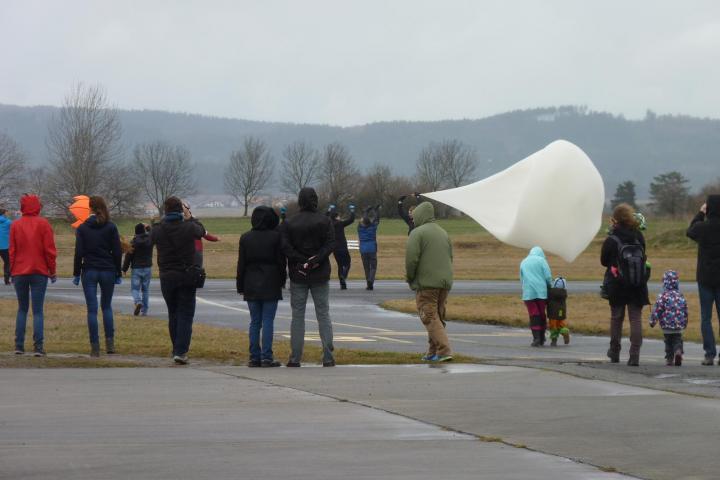
One of the aims of the experiment was to find a dosimeter on the ground and read out it measured value. Due to strong winds, the gondola crashed the ground, resulting in breakage of the electronic cosmic rays detector. But measurements with thermoluminescent dosimeters were conducted. Also an important part of the experiment was accomplished - finding the detector after impact. Detector landed in Moravia between Moravské Budějovice and Znojmo near the village of Střelice and tracing it was possible thanks to three independent transmitters of the balloon system.
The aim of the CTU research is primarily validation of computational models of propagation of cosmic rays in the atmosphere, testing technology for measuring radiation, positioning and communication in the stratosphere at a great distance.
Video from balloon launch is available here. Czech Television and Novinky.cz also informed about the event.
